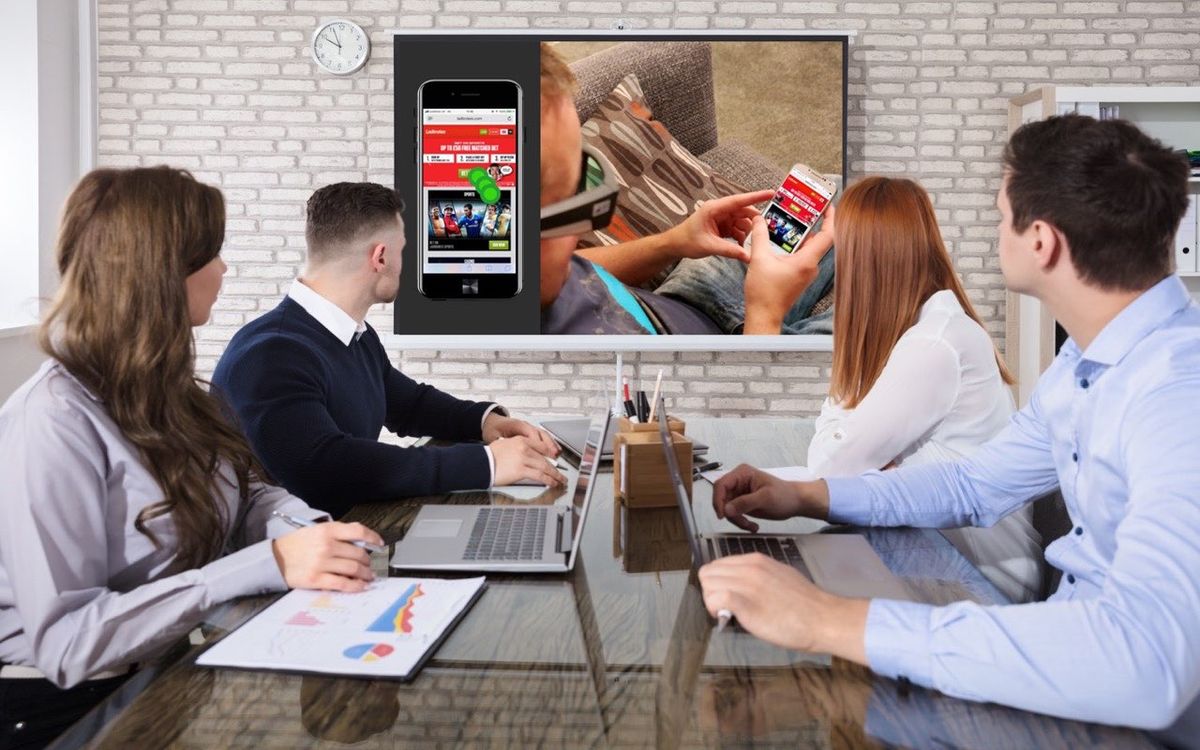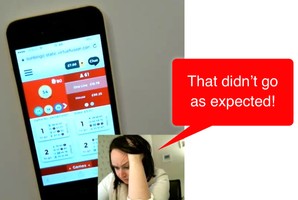5 Benefits of observing UX research in person

The impact of observing UX research can NOT be underestimated!
The impact of observing UX research can NOT be underestimated, yet it often is. Do you only ever conduct unmoderated remote research (using platforms like usertesting.com)? If you do then not only are you missing out on the rich data that actually interacting with users will bring you, but crucially, the impact of your research within the business will likely be much lower than if you’d organised face-to-face research and invited stakeholders to attend in person.
There are immediate benefits for researchers, designers and all stakeholders who attend in-person UX research.
5 Benefits of in person UX research
1. Immediate buy-in for design changes
There’s nothing like the impact of observing a real person struggle with your software.
You’ve been battling with a particular project manager for months about the location of the login box, you think it should go in the top right to be consistent with other websites and crucially where your users will expect to find it. Your PM, however, thinks it should be one of the first things people see when they come to the site, so they think it should go in the navigation bar so it will sit more centrally on the page.
As you watch your researcher carry out the first user interview you feel a little nervous about what’s going to happen as they’re now asked to login…. The first thing you see is the user’s eyes immediately look to the top right of the page. Their mouse soon follows as they look for the login option and they say ‘Oh I expected to find it up here”. Your PM suddenly remarks “Why isn’t the login option in the top corner?”. You feel like head butting the wall, but at least they’re finally seeing the design from the perspective of the user and you can finally move the damn login to the top right!
Buy-in is critical
In fact, it could be argued that getting buy-in is even more important than the research itself – after all, what’s the point of conducting research if it’s not believed, attended to or actioned?
2. Greater empathy for customers and their experience
Stakeholders see the world through business and financial lenses, so much so, that they become far removed from seeing the world through the eyes of real customers as human beings. Instead of just being data and figures on paper, the customer becomes a real person with thoughts and feelings, and someone who makes a buying decision based on things this person has never even seen as important before now. Simply knowing that there’s a real person sat next door, with a name, hobbies, family and is your target audience, enables the stakeholder to build a stronger connection with them as a person and take this deeper connection with them in the rest of their work and the daily decisions they have to make.
3. Make better decisions based on valid insights and facts
At the end of the day, stakeholders really do want to make the best decisions they possibly can to benefit both the business and the end customer. The more hours they observe of customer research, the more empowered they are to make better decisions that will benefit the end user. This is why in-person observation is so crucial. Stakeholders are much more likely to attend in-person research than to sit and watch a remote user test (they’ll get bored by the one-way interaction or distracted by someone popping by their desk ‘for a quick word’ and the end result is they won’t watch more than 5-10 minutes).
If your research is conducted well (e.g. your researcher is skilled to limit the effects of biases), then the insights gathered will also be valid. This is worth noting, because if your research is conducted poorly, your findings will be flawed and lead to poor decisions being made. For instance, thinking back to the researcher in the first scenario with the login option, imagine they asked the user “So, do you like the login box in the middle?”. Through the way they’ve worded this, they’ve weighted the question in favour of a positive response, therefore biasing the end answer. The stakeholder won’t know this, so when the user answers that yes they like it in the middle, that is taken as a valid insight and lead to a bad decision being made on the login box location. In contrast, a good researcher won’t ask a question in that way in the first place, but if they did slip up (researchers are humans too after all), they would immediately know and be able to go back in the room and say to everyone, “we need to remove that finding as it was biased by the way I worded the question”. There are ways to re-ask the question in the research to still gain a response btw!
4. Gain buy-in for a customer-centred culture and more research!
Let’s assume your business is fairly new to UX and the benefits of conducting research with real people who represent their customers. It’s your dream as a UXer that your company listens more to your team and your users. Well, one of the quickest, easiest and most effective methods to do this is to hold a research day and invite as many people as possible to attend. Let them experience the insights and the benefits these insights bring to their work for themselves. Then let the word-of-mouth spread! The insights from UX research don’t just benefit the e-commerce team or the marketing department, they have value across the whole business. That’s why gaining buy-in is SO important.
5. Build stronger team relations
When you invite people to spend time together observing users, something magical happens. They share common interests, a common passion, a purpose to better the experience for the person they’re observing. To do this, they have to talk, collaborate, come up with ideas together and all of this bonds people, helping to build stronger relationships between teams and team members.
Need help or advice?
If you’d like to know more about conducting UX research and how it can benefit your business, contact our UX experts for free, friendly, no-ties advice.
You might also like:
Share this post:




